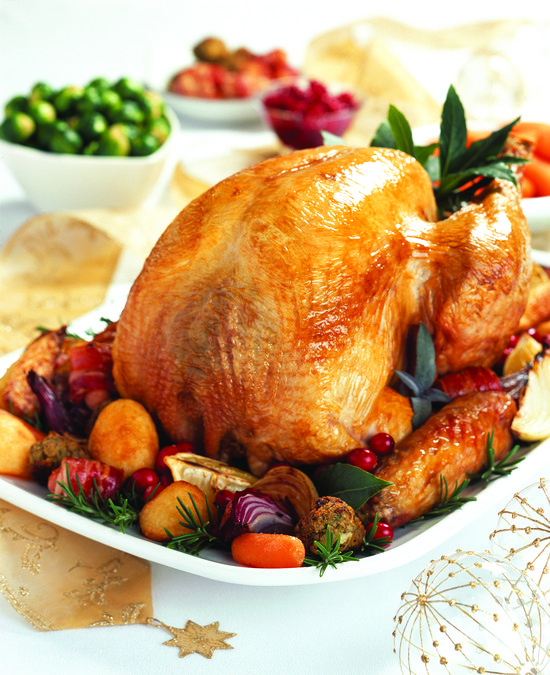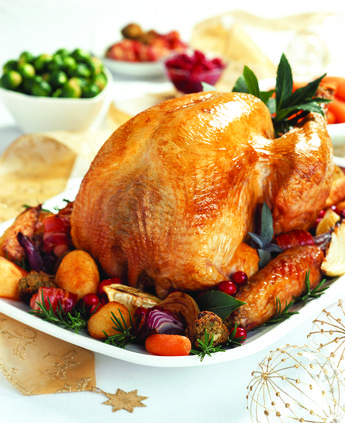Thanksgiving is a time for celebrants to express gratitude for all that they have.
Thanksgiving presents an opportunity for friends and loved ones to gather around a dinner table and enjoy a delicious meal together. Turkey frequently is at the centerpiece of Thanksgiving feasts. Many may be surprised to learn how turkey and other foods came to be such integral components of the Thanksgiving meal. Here are 12 facts about turkey and more, courtesy of Foodprint, Kansas Farm Food Connection, AgHires, and Business Insider.
When talking about turkey, getting the names for these birds right is necessary. Many people say “Tom Turkey” at Thanksgiving, but hens (female) birds are more commonly found at the table than a Tom (male) turkey. Poults are young turkeys. Toms are more likely used for deli meats, cutlets and ground meat because they are so much larger.
Americans eat roughly 46 million turkeys on Thanksgiving.
As many as 2,500 to 4,500 calories may be consumed by a single person during the Thanksgiving meal. That’s more than the recommended calorie intake for an entire day for most healthy adults.
The “Turkey Talk-Line” is sponsored by Butterball. Turkey experts are on call during the holiday season to answer questions.
It typically takes 14 to 18 weeks for a turkey to reach maturity. Heritage breeds descended from wild flocks will take longer to mature.
It is not confirmed that turkey was at any “first Thanksgiving” meal. Accounts vary and only allude to “fowl” being consumed.
Despite being more inclined to run, turkeys, particularly wild ones, are able to fly. Domesticated turkeys may not be able to fly because they are bred to be heavy for more breast meat.
Dark meat in poultry is associated with muscle use because working muscles require extra blood vessels to deliver oxygen, making meat darker. Turkey predominantly run, so their thighs are known for being rich with dark meat.
Around 88 percent of Americans will eat turkey for Thanksgiving dinner.
Television dinners were born from turkey leftovers in 1953. The meat was packaged in aluminum trays with various side dishes.
Jellied cranberry sauce is a common complement to turkey. Ocean Spray indicates more than five million gallons’ worth of jellied cranberry sauce is purchased for Thanksgiving.
Despite eating all this extra food, the average holiday weight gain is only about four-fifths of a pound, according to the New England Journal of Medicine.
These turkey facts can make for good Thanksgiving dinner table conversation this year.





